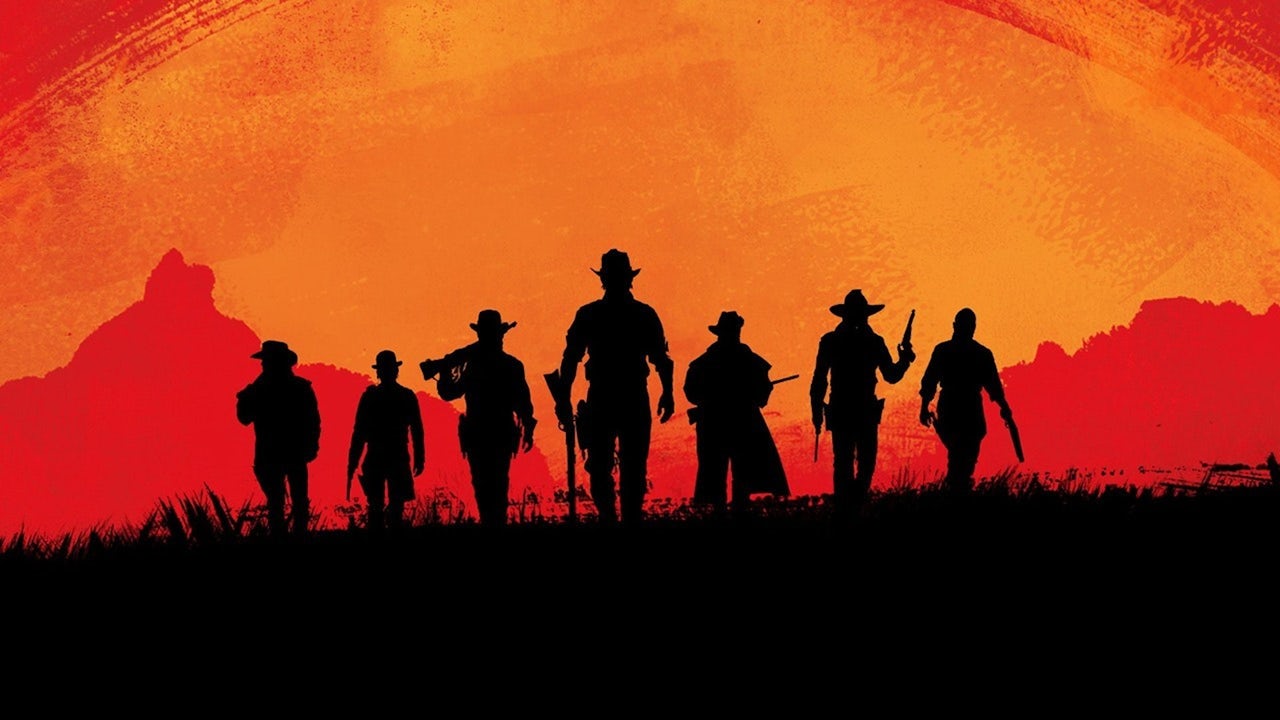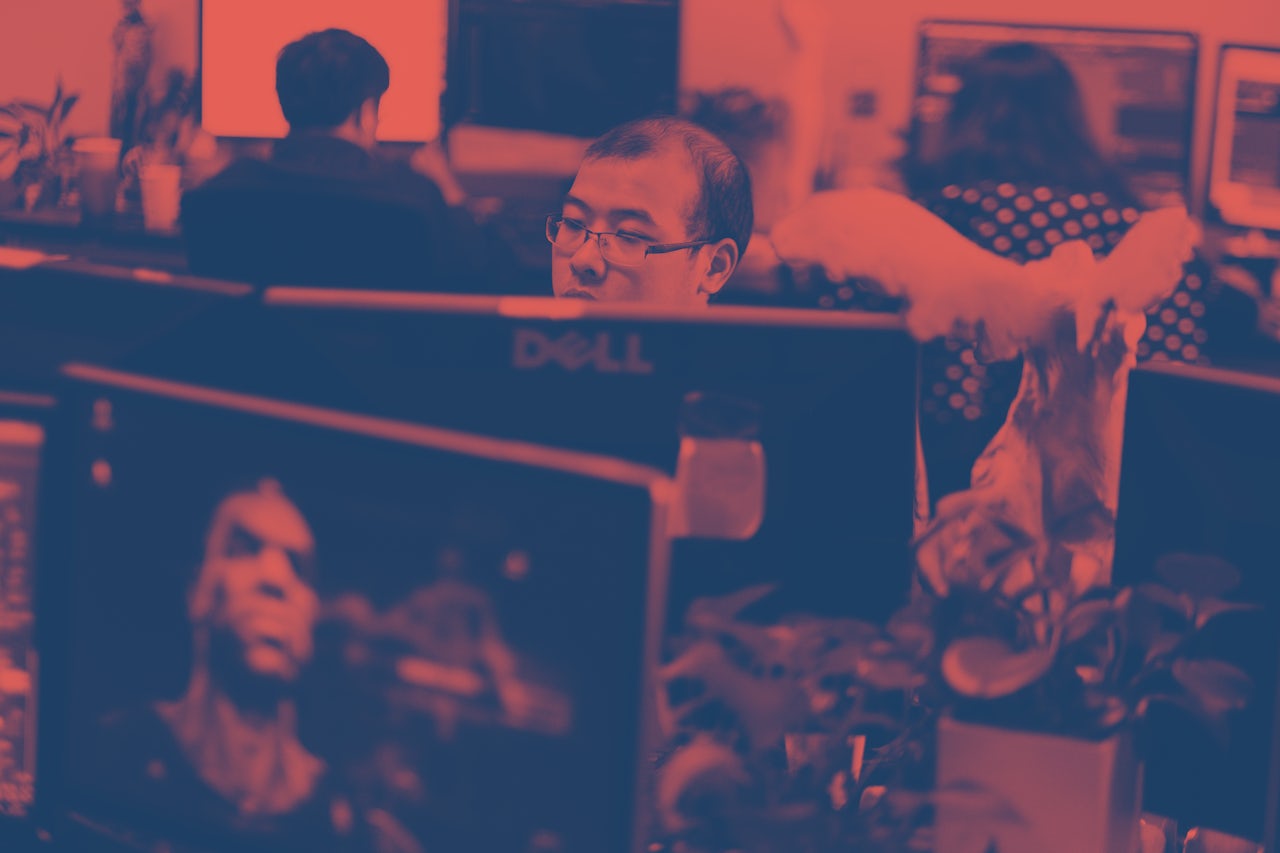Later this week, Rockstar Games will release Red Dead Redemption 2, the studio’s first new title since Grand Theft Auto V (2013). RDR2 will, in all likelihood, be a watershed moment for video games — a monument to what happens when a gifted team has near-infinite time and resources to bring their wildest creative visions to life. But RDR2 now also seems destined to serve as a referendum on the treatment of workers in the video game industry, even (or especially) at its most prestigious companies.
The trouble began when Rockstar co-founder, Dan Houser bragged, in an otherwise glowing feature for Vulture, that his team had worked 100 hour weeks while finishing RDR2, a practice common enough in the game industry that it has its own name: crunch. Spying a familiar foe, much of the games press seized on Houser’s words as further evidence of the game industry’s awful treatment of its workers. In response, and perhaps annoyed that his points about the game’s 200 animal species, 500,000 lines of dialogue, and 192 unique musical scores were being overshadowed by an offhand comment about labor abuse, Houser attempted to patch things up in a statement to Kotaku, saying that “additional effort is a choice, and we don’t ask or expect anyone to work [100 hour weeks] … no one, senior or junior, is ever forced to work that hard.” Rockstar also permitted — that is, permitted — a number of its employees to publically back their boss. Needless to say, these “clarifications” only made things worse.
The rising class consciousness of (some) game developers and their media allies, along with the growing calls for unionization, is obviously a good thing, and long overdue. But while the critical consensus around RDR2 — that opportunistic managers have shamelessly exploited their workers’ passion for games — is plainly true, this is not the whole story. This account misses, for example, larger shifts in what workers in the post-industrial West have come to expect from their work. Likewise, the focus on British and American developers also risks obscuring how and where this work fits in a global system of production, as capitalism leverages colonialism’s legacy of uneven global development to its advantage. In fact, if you are interested in understanding the global state of work under a capitalism that gets later by the quarter, then there is no industry more telling than that of video games.
But if we want to understand work today, it helps to know how we got here. One reason the video game industry gets away with “crunch” is that we tend to have a higher tolerance for long hours in creative industries because we believe that its workers are doing what they love (and given the number of stories we have about the sacrifices art supposedly demands, we may even expect it). But, like so many things in culture industries, these are simply exaggerated versions of broader phenomena: namely the expectation that we should find “meaning” in our work.
If you are interested in understanding the global state of work under a capitalism that gets later by the quarter, then there is no industry more telling than that of video games.
Fifty years ago, the idea that work should be “meaningful” would have been alien to the vast majority of workers in industrialized countries. That changed in the 1970s, when manufacturing workers across the United States began launching a new kind of strike, one that wasn’t about wages (which were high) or hours (which were typical), but about the quality of work itself. Even if it was stable and well-paid, work, frankly, sucked. And when copycat strikes spread, the Department of Health, Education, and Welfare urgently commissioned a report, Work In America, about the decline in job satisfaction in the United States. For a growing number of young Americans, the authors concluded, “having an interesting job is as important as having a job that pays well.”
Employers, as it turned out, were all too happy to oblige this desire. For his book No-Collar: The Humane Workplace and its Hidden Costs, labor scholar Andrew Ross spent several months in the offices of two early internet firms in Manhattan, Razorfish and 360HipHop, which would woo employees with ping pong tables, beer kegs, and the promise of fulfilling creative work. These “jobs in candyland,” as Ross described them, anticipated the banquet of office amenities Silicon Valley firms now see as standard. And while these companies’ employees did find their work fulfilling, there was also a lot more of it; even when workers didn’t stay late at the office, their jobs often followed them out of the office and into the rest of their lives. Employees, in short, got the meaningful work they wanted, but they got much more of it than a balanced life could reasonably accommodate.
“When work becomes sufficiently humane,” Ross concludes, “we are likely to do far too much of it. Not by any boss’s coercive bidding, but through ‘work you just couldn’t help doing,’ has the twelve-hour day made its return.”
The game industry took this lesson and twisted it to perverse extremes. When Houser says that “additional effort is a choice, and we don’t ask or expect anyone to work [100 hour weeks],” many have assumed that he’s simply lying, or diagnosed those employees who spoke in support of Rockstar with Stockholm Syndrome. But I’m inclined to take them at their word, which scarcely makes the situation less horrifying. What many takes about RDR2’s labor woes miss is that crunch persists not just because of bloodsucking managers trying to extract as much labor as they can through whatever forms of control they have at their disposal (though they don’t help). The other, more sobering side of the story is that many of us now expect to find work we love, and that, for those of us lucky enough to have found it, we will work ourselves half to death. (That goes for games journalists and academics too, by the way). In a sense, by demanding meaningful work, we got exactly what we asked for — just not, perhaps, what we really desired.
Of course, not everyone gets the privilege of having an “interesting” job. The rise of “no collar”, do-what-you-love work in the West did not exactly replace the alienating work that defined Fordist workplaces (think assembly lines, minimal contact between workers and management, monotonous work, etc.) so much as it pushed it elsewhere in the supply chain. Here, the developmental inequalities left behind by colonialism create a rich and varied geographic and economic terrain for capitalism to selectively exploit. Once again, the game industry is instructive of how companies put this principle into practice.
By demanding meaningful work, we got exactly what we asked for — just not, perhaps, what we really desired.
Earlier this year, in a feature for The Outline, Michael Thomsen traveled to Shanghai to tour Virtuos, an outsourcing firm that created many of the animation assets for Horizon Zero Dawn, one of the largest and best-selling games of 2017. Virtually all big-budget video games rely on these firms — “asset farms,” in industry speak — to take on the tedious work of turning concept art into three-dimensional models, a process that should, in theory, leave no space for the modeling artist’s interpretation (consider what the metaphor of “asset farm” actually implies). Meanwhile, the more prestigious and supposedly more “creative” work of designing games gets to stay in North America and Europe.
Virtuos was only one of eighteen outsourcing firms that contributed to Horizon Zero Dawn, whose credits roll for well over 30 minutes, three times the length of Avengers: Infinity War’s credits.
“Thanks to companies like Virtuos, making games today is less about building levels or creating characters,” explains Thomsen, “instead it’s about managing a global network of labor that builds, programs, animates, and designs.”
Managing that network is, in part, a matter of reducing labor costs (the so-called “value-add” of outsourcing), which requires matching labor needs to the “optimal” site. Cities like Shanghai are ideal for the kind of work Virtuos does, given that they occupy a sweet spot in which there is enough skilled labor to meet demand but salaries are comparatively low (an entry-level animator at Virtuos can expect to make $11,000 a year, compared to $50,000 in the United States).
Beneath all of this is the dirty business of building — and, later, salvaging — the hardware that makes video gaming possible. Southeast Asian electronic factories, which take advantage of a surplus of displaced migrant workers that are entirely dependent upon their employers, are a catalog of human miseries. Suicides are more-or-less treated like an occupational hazard, while unpaid, obligatory overtime feeds the global north’s appetite for inexpensive new hardware. Manufacturers like Foxconn and Pegatron are all the evidence we need that the “meaningless” and alienating model of labor under Fordism never actually went away. It merely reemerged elsewhere, accompanied by more totalizing forms of control than Henry Ford ever dared to dream of.
Humans, across space and time, have never worked in one way, nor have our feelings about work ever been uniform. This uneven material and subjective terrain of labor has traditionally presented difficulties for companies that aren’t flexible, given that a managerial strategy that works in one context may fail in another. But video games are a uniquely malleable commodity: they require many types of labor (programming, voice acting, animation, bug testing, scriptwriting, translating, etc.) both skilled and less skilled and can easily be developed by remote teams spread across the globe. The game industry has used the affordances of its products to turn what might otherwise be a weakness into a strength by leveraging such discrepancies to cut costs abroad and intensify the labor process at home.
“What crunch in places like Rockstar reveals is that the labor-capital relationship is pretty much the same,” explains Daniel Joesph, a political economist a the University of Toronto. “Whether it’s migrant workers in Shenzhen or Rockstar employees in Brooklyn, there is a throughline for workers in both hardware and software, skilled and ‘unskilled’, to see the deep exploitation that both sets of workers experience.”
From designers seeking “meaningful” work in New York, to skilled but underpaid animation artists in Shanghai, to migrant workers toiling under some of the most horrific working conditions ever devised by humankind, the game industry adapts to the changing material and subjective conditions across the world to exploit workers in the most complete form it can. Red Dead Redemption 2 is a case study in how and why this is so: beyond the undeniable creative achievement the game represents, it is an uncomfortable reminder that Rockstar succeeds in the way it does not in spite of these labor conditions, but precisely because of them. There is little need, then, to imagine what the future of global capitalism will look like if left unchecked. The game industry is fully capable of showing us now.

